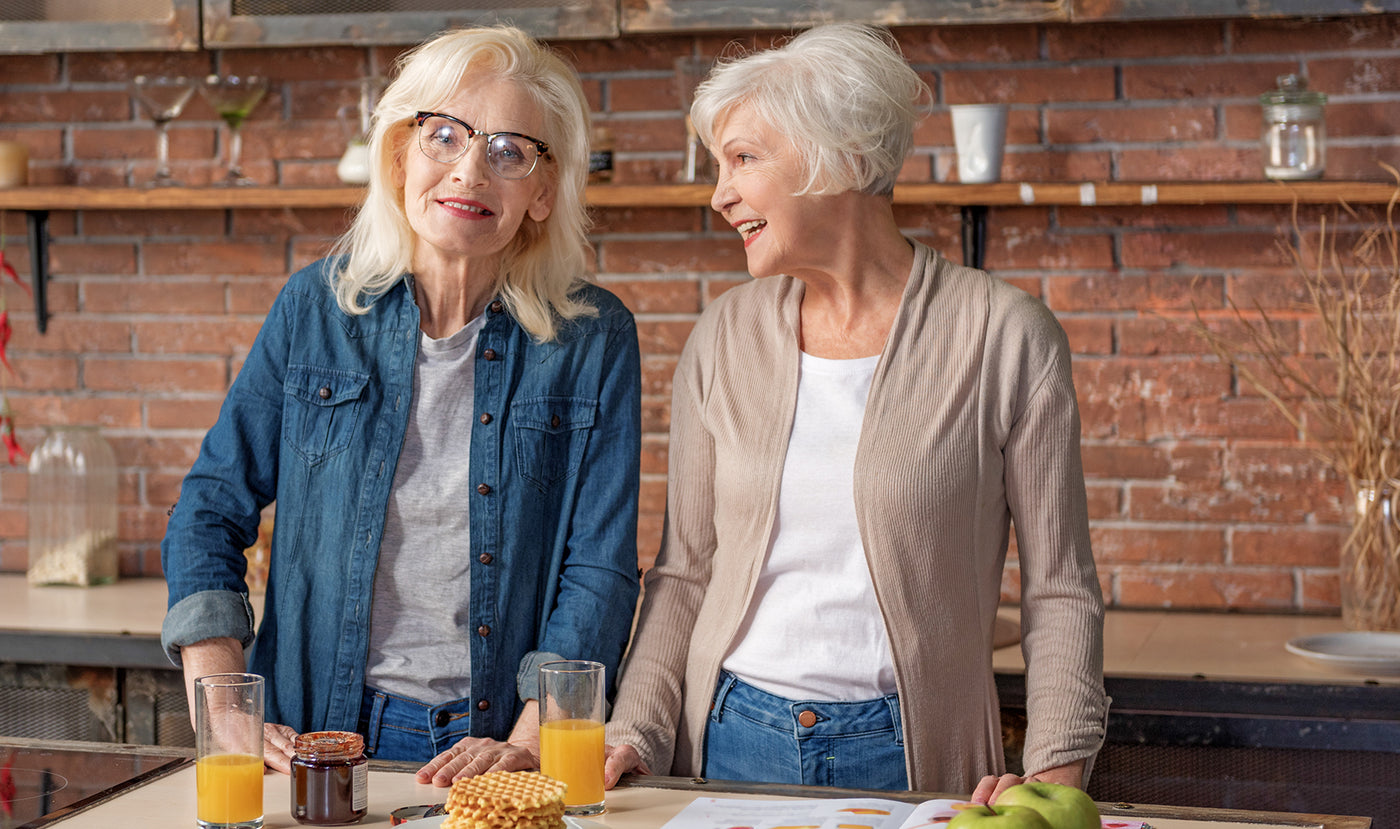
As we age, our homes play a crucial role in our overall well-being. Creating a senior-friendly living space that prioritizes safety and comfort is essential for older adults to maintain independence and enjoy their golden years to the fullest. In this comprehensive guide, we will explore practical tips and home modifications that will make your home a safe and welcoming environment for senior citizens. From assessing potential hazards to implementing accessibility features, let's embark on a journey to transform your home into a haven of security and comfort.
Conducting a Home Safety Assessment
Before making any modifications, it's important to conduct a thorough home safety assessment. This section will guide you through the process of identifying potential hazards and areas that require attention. We'll cover topics such as adequate lighting, clear pathways, and the removal of tripping hazards, ensuring a solid foundation for creating a safe living space.
Enhancing Accessibility and Mobility
Improving accessibility is crucial for seniors to move around their homes with ease. This section will focus on modifications that enhance mobility, including:
- Installing grab bars and handrails: Adding sturdy grab bars and handrails in key areas such as bathrooms, stairways, and hallways provides stability and support.
- Widening doorways and reducing thresholds: Increasing the width of doorways and eliminating or reducing thresholds allows for easy maneuvering with mobility aids such as wheelchairs or walkers.
- Installing stairlifts or ramps: Installing stairlifts or ramps provides a safe and convenient way for seniors with limited mobility to access different levels of their homes.
Fall Prevention and Safety Measures
Falls are a significant concern for seniors, but with proper modifications and precautions, they can be minimized. This section will cover fall prevention strategies, including:
- Ensuring slip-resistant flooring: Installing slip-resistant flooring in high-risk areas such as bathrooms, kitchens, and entryways reduces the risk of slips and falls.
- Removing tripping hazards: Clearing clutter, securing rugs, and organizing cords and cables can eliminate potential tripping hazards in the home.
- Installing adequate lighting: Ensuring proper lighting in all areas of the home, including stairways and outdoor pathways, enhances visibility and reduces the risk of accidents.
Creating Safe and Accessible Bathrooms
Bathrooms are areas where accidents frequently occur. This section will focus on bathroom modifications that promote safety and accessibility, such as:
- Installing walk-in showers or tubs: Walk-in showers or tubs with low thresholds allow seniors to enter and exit easily, minimizing the risk of falls.
- Adding grab bars and non-slip mats: Installing grab bars near toilets and in bathing areas, along with non-slip mats or adhesive strips, provides additional support and stability.
- Adjusting toilet height: Installing raised toilet seats or adjustable-height toilets ensures ease of use and reduces strain on joints and muscles.
Kitchen Modifications for Convenience and Safety
The kitchen is a central part of any home, and making it senior-friendly is essential. This section will discuss kitchen modifications that enhance convenience and safety, including:
- Lowering countertop heights: Adjusting countertop heights allows for comfortable meal preparation and reduces the risk of strain or accidents.
- Organizing storage: Rearranging storage to ensure frequently used items are within reach and using labeled containers helps seniors find what they need easily.
- Installing lever-style faucets: Lever-style faucets are easier to operate for seniors with limited dexterity or grip strength.
Utilizing Assistive Technology and Smart Home Solutions
Advancements in technology have brought about innovative solutions to support senior citizens in their homes. This section will explore assistive technologies and smart home solutions that enhance safety and convenience, such as:
- Medical alert systems: These systems provide seniors with access to emergency assistance at the push of a button, offering peace of mind for both seniors and their loved ones.
- Smart home automation: Voice-activated assistants, smart thermostats, and automated lighting systems can improve accessibility and comfort in the home.
- Remote monitoring systems: Remote monitoring systems allow caregivers or family members to keep an eye on seniors' well-being, ensuring prompt assistance when needed.
Creating a safe and comfortable living environment for senior citizens is a thoughtful and proactive approach to ensuring their well-being and independence. By implementing the practical tips and modifications discussed in this guide, you can transform your home into a senior-friendly haven. From conducting a comprehensive safety assessment to enhancing accessibility, preventing falls, and utilizing assistive technologies, every step contributes to a safer and more comfortable living space for seniors. Remember, the ultimate goal is to provide a home that promotes confidence, security, and an enhanced quality of life for older adults as they navigate their daily lives.

 1-800-916-0138
1-800-916-0138